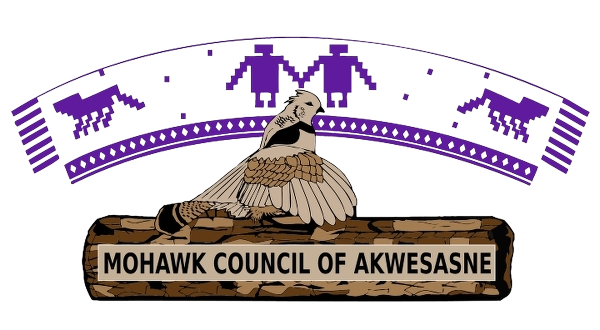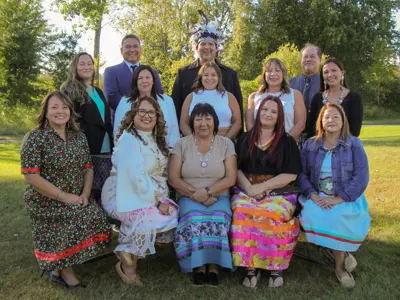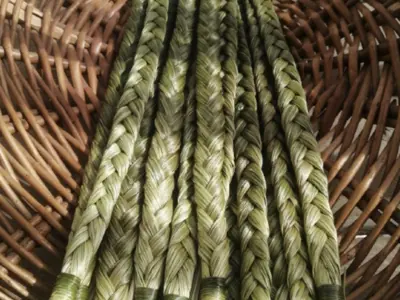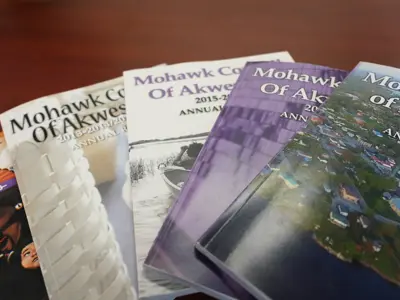Akwesasne - Main Site
Explore Mohawk Council of Akwesasne
This section connects you with important resources and updates from the Mohawk Council of Akwesasne. From reports and proposals to voting information, you’ll find the tools you need to stay informed and engaged.
Sign up for the MCA E-newsletter & Text Alerts!
Get the latest news, updates, and important announcements from the Mohawk Council of Akwesasne.


















